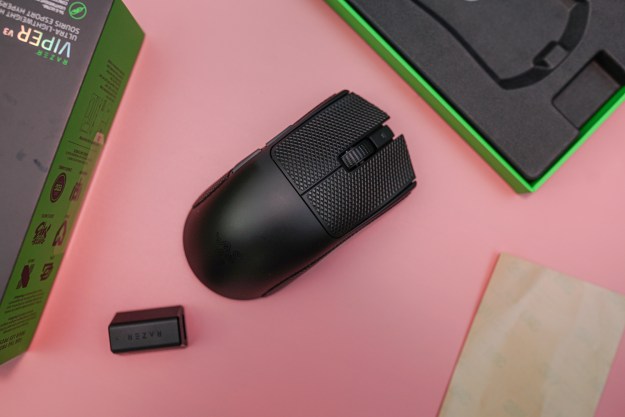“The collaboration concerns integration of Tobii’s leading eye-tracking technology in one of the company’s premium products,” Tobii Group states. “Alienware plans to provide more information about its coming product at a launch event on twitch.tv/alienware and Alienware Arena on September 2 … .”
News of Tobii’s involvement with Alienware arrives after Acer revealed during IFA 2016 that four new Predator gaming devices will have integrated eye-tracking hardware provided by Tobii. These include the world’s first notebook with a curved screen, the Predator 21 X, the Predator Z27IT 27-inch curved-screen gaming monitor, the Predator XB251HQT 24.5-inch flat-screen gaming monitor, and the Predator XB271HUT 27-inch flat-screen gaming monitor. According to Tobii, Acer’s products will use its IS4 platform.
MSI teased the Focus gaming peripheral based on Tobii’s IS4 eye-tracking system earlier this year. Before that, MSI launched the GT72S G Tobii and GT72VR Tobii
The IS4 platform for laptops, monitors, and all-in-one PCs is Tobii’s fourth-generation eye-tracking system, sporting a small form factor and a small power footprint. It’s just over the size of a pencil, supporting Microsoft’s Windows Hello biometric security feature in Windows 10. The platform includes two illuminators that create reflection patterns in the user’s eyes, and determine the user’s gaze and eye movements by detecting the patterns, along with the features of the user’s face against the actual eye position.
In addition to the illuminators, the IS4 platform consists of a customized high-resolution near-infrared sensor, the Tobii EyeCore, which houses the company’s algorithms, a low-power full scene sensor enhanced for eye tracking, and the Tobii EyeChip application-specific integrated circuit for “maximum system autonomy.”
“Through our custom sensors, we provide the optimal camera for eye tracking,” the company states. “And through Tobii EyeChip, the platform is unique by providing all algorithms and control on the IS4 module itself. This reduces CPU load and enables advanced power schemes.”
So why do we need eye tracking anyway? It’s the evolution of gaming. For so long, we were stuck with one point of view until developers figured out how to incorporate full 360-degree viewing through the mouse and gamepad. The latest VR headsets add to that experience by allowing actual head movement to change the viewpoint. Eye tracking will enable the same freedom, only you don’t need a peripheral or engulfing headset to change the viewpoint, only your eyeballs.
Just think, with a simple gaze, you can aim that virtual gun and shoot down the enemy, or send your avatar in a specific direction by just looking into the horizon. As Tobii points out, there are “amazing new functionalities” just waiting to be discovered with eye-tracking technology. We can’t wait to see what Alienware dishes out on Friday.
Editors' Recommendations
- Alienware just changed everything you know about its desktops
- Alienware celebrates 25 years with new Aurora, finally adding clear side panel
- New Alienware m15 gaming laptop delivers more power and pumps up the bass


